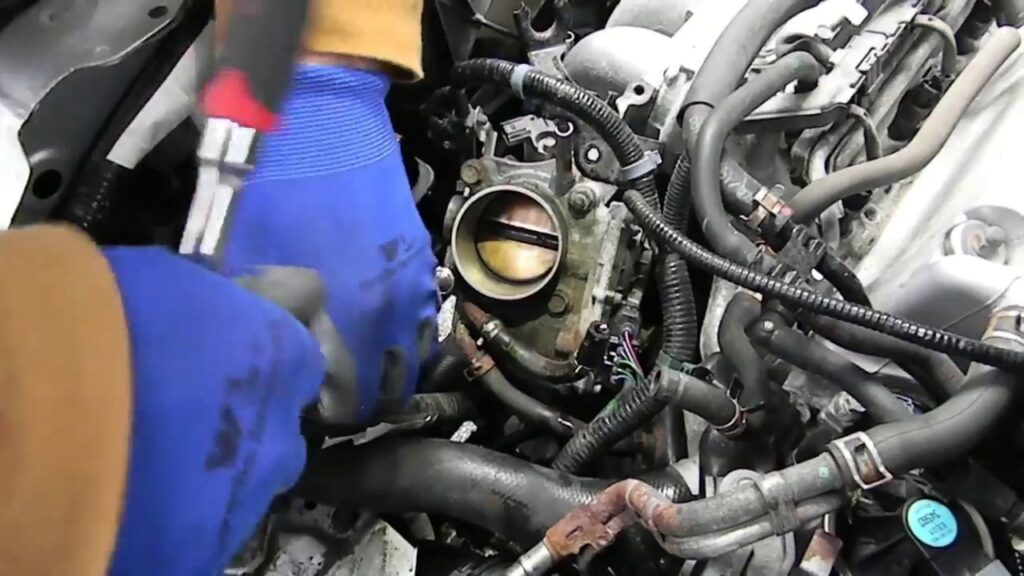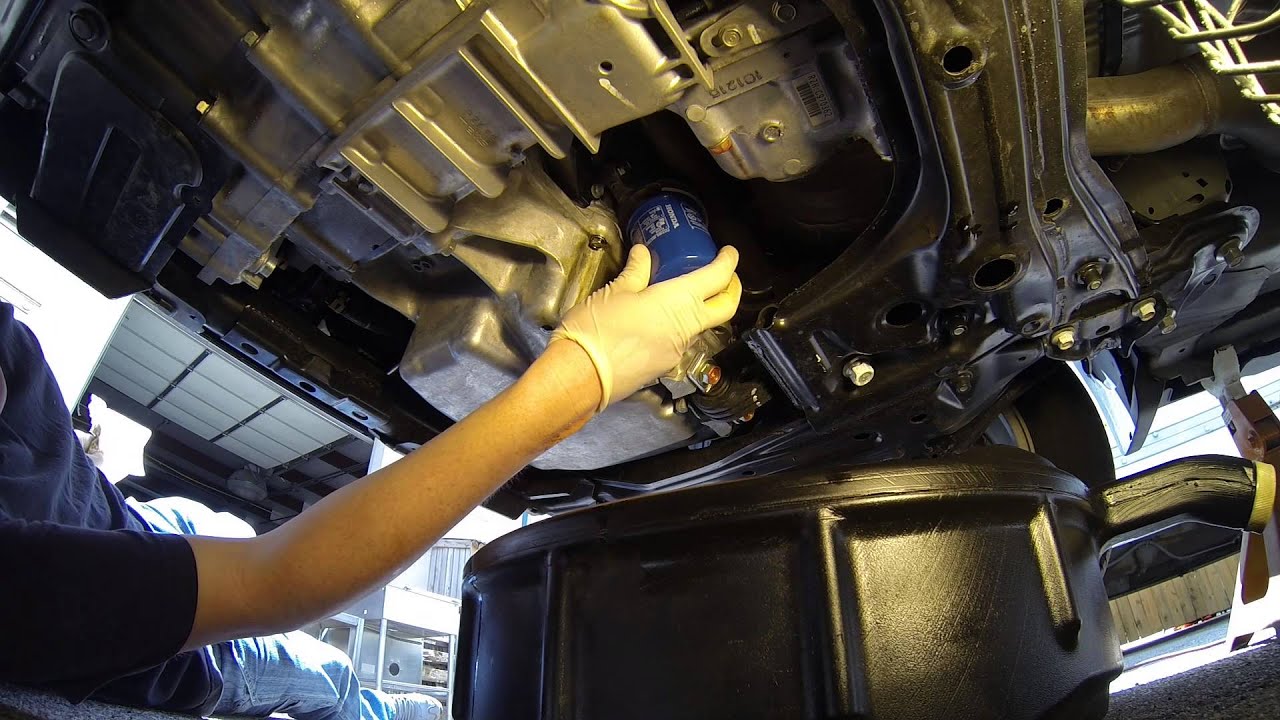Honda CRV oil pan replacement, How to Tell If Oil Pan Replacement is the Right Repair for Your Honda CR-V, If you have noticed that your vehicle is leaking oil, or if you have been noticing a strange noise in the engine, it may be time to replace the oil pan. This is a common repair and you will find that the replacement cost is relatively inexpensive. But there are a few things you should know about repairing the oil pan and how to tell if it is the right repair for your vehicle.
Symptoms of a bad oil pan

If you have ever noticed that your Honda CR-V’s oil level is low, chances are you have a leak somewhere. However, it may be difficult to figure out where. A good starting point is the engine oil pan.
The oil pan is a metal reservoir that sits beneath the vehicle. It is connected to the bottom of the engine using bolts.
Oil in the engine helps reduce friction, keep moving parts cool and decrease heat. In addition, it also helps lubricate the engine. Leaking oil can cause serious damage.
Some symptoms of an oil pan problem include a dark or greasy puddle of oil underneath the car. Also, you may notice a burnt smell. This can be a sign of a leaking gasket or a leak on the exhaust pipe.
Low oil levels can also be caused by a damaged or plugged oil drain plug. You may also see a blueish smoke coming out of the exhaust manifold. Another symptom of an oil pan problem is a low dipstick reading.
Other possible causes of an oil pan problem are road debris and impact damage. These can cause slow or fast leaks. Check for any signs of impact damage before attempting to drive over rocks or gravel.
Cost to replace the oil pan gasket
If you have a Honda crv, you will need to replace your oil pan gasket at some point. The oil pan is the reservoir for the oil that keeps the engine running smoothly. It is located underneath the engine block, beneath the transmission.
Changing an oil pan gasket is fairly easy. You will need a screwdriver or a flat screwdriver to remove the old sealant. You will then need to clean the oil pan with a solvent.
There are several reasons why the rubber on an oil pan might crack. These include hot driving conditions or rough road surfaces. To avoid this problem, drive carefully.
A small leak in the oil pan can cause expensive damage to your car. In addition, it can affect the environment. For this reason, it is a good idea to check for signs of an oil leak as soon as you notice any.
You should also keep an eye out for a burning smell. If you smell this, your oil pan may be leaking. If this is the case, you should take your car to a mechanic.
A professional mechanic should be able to repair your oil pan properly. But if you want to do it yourself, it’s important to purchase high quality parts. Also, be sure to read reviews about aftermarket parts before purchasing them.
Repairing an oil pan
Oil pans are designed to keep engines cool and lubricated. However, they aren’t immune to wear and tear. If you notice that your oil pan is damaged, you might want to consider replacing it.
A leaky oil pan is a dangerous problem. It can result in low oil levels, which can cause engine damage. Luckily, the symptoms of an oil pan malfunction are fairly easy to spot. For example, you might see streaks of oil under your car or see your oil pressure warning light turn on.
Oil pans are typically attached to the engine block via a series of small bolts. They are also fastened to the frame of the vehicle. Some even have a pump pickup tube inside of it.
When the pan’s oil leaking, it will often show up as a dark brown or black stain. Other symptoms include a lack of oil, a stripped oil drain plug, or a low oil level. An oil pan that has become damaged can be difficult to remove. To do this, you may have to remove the front sub frame and suspension components.
The cost of an oil pan replacement varies depending on the model and brand. Some models cost significantly more than others. Additionally, there are different types of labor rates.
